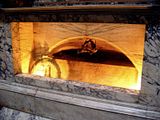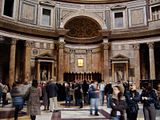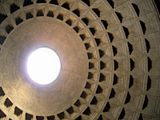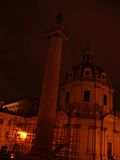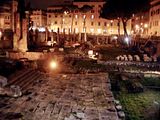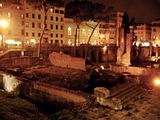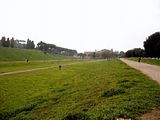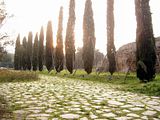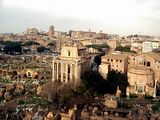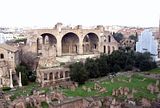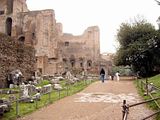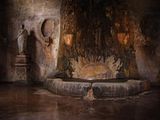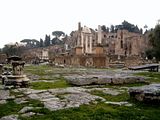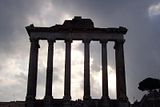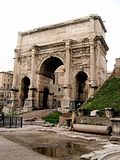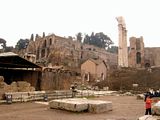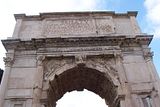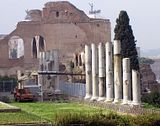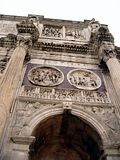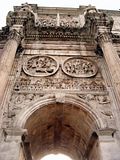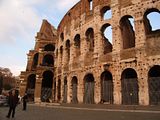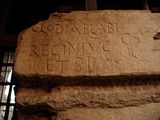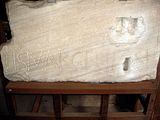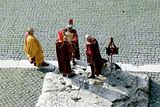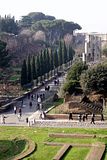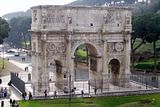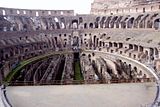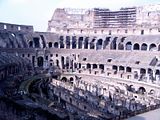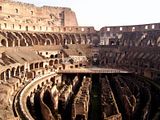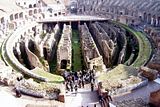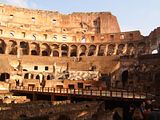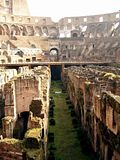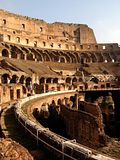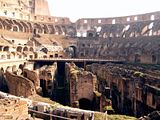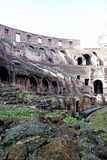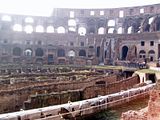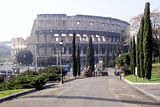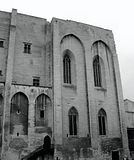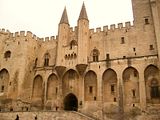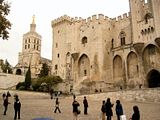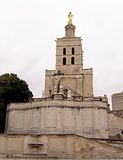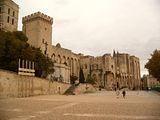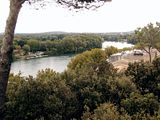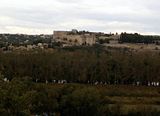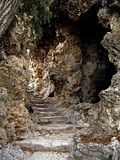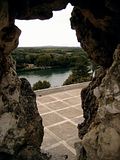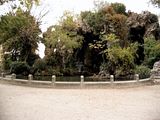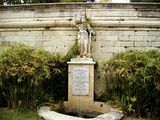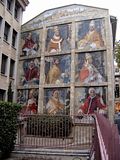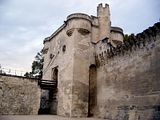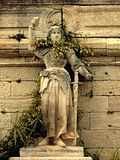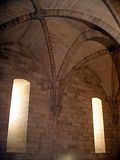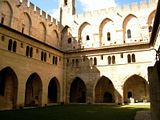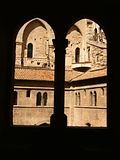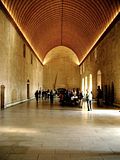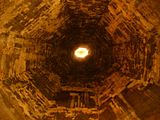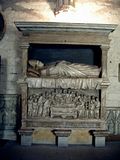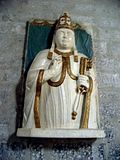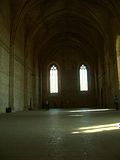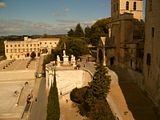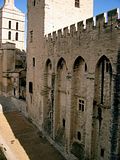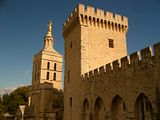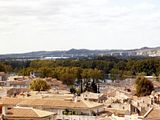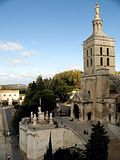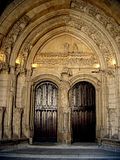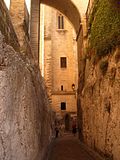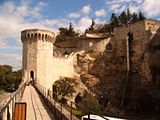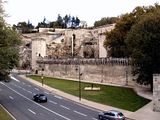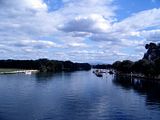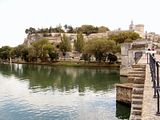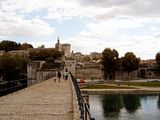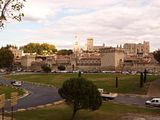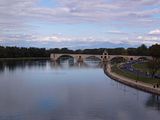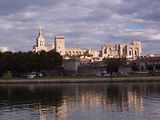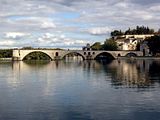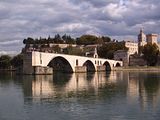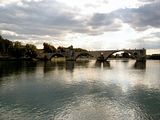Plenty of places of historical interest survive to please us history lovers. This is a place where you can talk about places with some historical presence that you've visited - preferably those that are a little special, out of the ordinary. We all know what the Tower of London looks like, after all.
To kick off, here's a report from today's bicycle ride to the Lichtenberg, the highest located castle in the Netherlands, as well as the one with the oldest stone keep!
This is, of course, because it cheats. It has the guts to also be one of the most southerly castles in the Netherlands, which puts it closer to civilisation and so to proper castles.
So, what about it? Well, the Lichtenberg was founded about 1215 by the bishop of Liège because of the wars that were ripping apart the empire (Otto IV vs Friedrich II). The castle got a strong stone watchtower at one of the best look out posts on the St Pieters mountain. It was also an episcopal outpost towards Maastricht and a castle sort of protecting the neighbouring (episcopal) village of St Pieter.
[JPEG, (86.18 KB)]
The castle was destroyed during the wars against the evil Liègeois rebels, but we don't know whether it was in the 1407-1408 rebellion or the 1468 conflict. Personally I think the first is most likely as the area saw more active warfare then. The destruction left only the watch tower standing, as the rest of the castle was destroyed. This explains the massive gap in the middle.
The view from here is spectacular, and below we can look out over the Maas river and into evil Liègeois rebel territory. Do not worry, we sufficiently burned down their villages to make them pay for their foolishness.

There's another, more recent, castle opposite it, though I'm short on time and can't provide you with data when that one was built - the original was, however, 15th or 16th century I do believe. The current structure clearly isn't.
You can see the wonderful village of Eijsden in the background.
[JPEG, (86.59 KB)]
The castle was ruined, as I said, but a farmhouse was built up around it in the 17th century I think.
[JPEG, (86.32 KB)]
The crack in the tower has been somewhat shoddily repaired.
[JPEG, (92.85 KB)]
Enjoy!
Kor | The Age of Chivalry is upon us!
Wellent ich gugk, so hindert mich / köstlicher ziere sinder,
Der ich e pflag, da für ich sich / Neur kelber, gaiss, böck, rinder,
Und knospot leut, swarz, hässeleich, / Vast rüssig gen dem winder;
Die geben müt als sackwein vich. / Vor angst slach ich mein kinder
Offt hin hinder.
To kick off, here's a report from today's bicycle ride to the Lichtenberg, the highest located castle in the Netherlands, as well as the one with the oldest stone keep!
This is, of course, because it cheats. It has the guts to also be one of the most southerly castles in the Netherlands, which puts it closer to civilisation and so to proper castles.
So, what about it? Well, the Lichtenberg was founded about 1215 by the bishop of Liège because of the wars that were ripping apart the empire (Otto IV vs Friedrich II). The castle got a strong stone watchtower at one of the best look out posts on the St Pieters mountain. It was also an episcopal outpost towards Maastricht and a castle sort of protecting the neighbouring (episcopal) village of St Pieter.
The castle was destroyed during the wars against the evil Liègeois rebels, but we don't know whether it was in the 1407-1408 rebellion or the 1468 conflict. Personally I think the first is most likely as the area saw more active warfare then. The destruction left only the watch tower standing, as the rest of the castle was destroyed. This explains the massive gap in the middle.
The view from here is spectacular, and below we can look out over the Maas river and into evil Liègeois rebel territory. Do not worry, we sufficiently burned down their villages to make them pay for their foolishness.

There's another, more recent, castle opposite it, though I'm short on time and can't provide you with data when that one was built - the original was, however, 15th or 16th century I do believe. The current structure clearly isn't.
You can see the wonderful village of Eijsden in the background.
The castle was ruined, as I said, but a farmhouse was built up around it in the 17th century I think.
The crack in the tower has been somewhat shoddily repaired.
Enjoy!
Kor | The Age of Chivalry is upon us!
Wellent ich gugk, so hindert mich / köstlicher ziere sinder,
Der ich e pflag, da für ich sich / Neur kelber, gaiss, böck, rinder,
Und knospot leut, swarz, hässeleich, / Vast rüssig gen dem winder;
Die geben müt als sackwein vich. / Vor angst slach ich mein kinder
Offt hin hinder.

 ) The city is named Trondheim today.
) The city is named Trondheim today. )
) ) in Scotland.
) in Scotland.